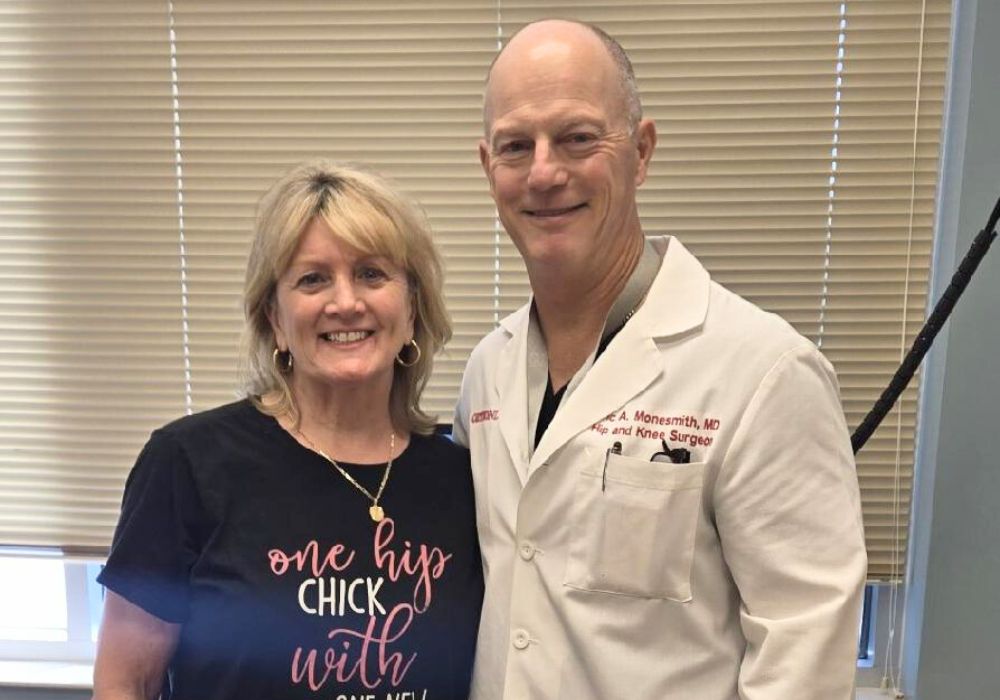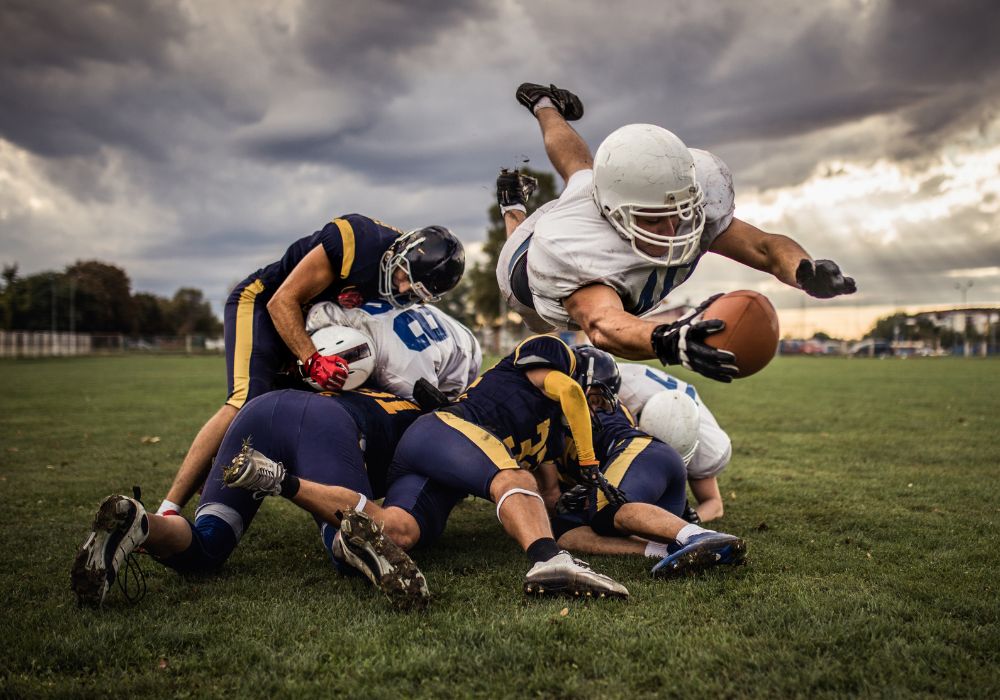THIS IS PART OF THE ULTIMATE GUIDE TO SPORTS MEDICINE
Your hip flexors are a muscle in your hip you use when you flex, or lift your knee, bend at the waist or do high kicks. When you stretch or tear that muscle, it is a hip flexor strain.
What makes up the hip flexor complex?
Your hip flexors connect the top of your thigh bone (femur) to your lower back, hips and groin. There are different groups of hip flexors that all work together to make sure you stay mobile.
The iliacus and psoas major muscles, which are also called the iliopsoas, is the strongest hip flexor. They are located near the groin and are important for standing, walking and running. The rectus femoris is a muscle that is part of your quadricep and your hip and is responsible for flexing your thigh and helps to extend or raise your knee.
MAKE AN APPOINTMENT WITH A HIP SPECIALIST
What causes a hip flexor strain?
Hip flexor strains are caused by overusing the muscles and tendons in your hip flexors too much. This often happens if you are an athlete who uses your legs for a long period of time.
People who most commonly experience this type of strain:
- Cyclists
- Distance runners
- Soccer players
- Dancers
- Kickers on football teams
- Athletes who jump or run

Other, less likely causes, include:
- Osteoarthritis
- Sitting for extended periods of time
- Weakness in surrounding muscles
- A direct blow to the hip
How do you know if you pulled your hip flexor?
Since your hip help you with everyday activities like standing and walking, a hip flexor strain may stop you from living your life well. If you think you strained your hip flexor, you’re most likely to feel pain in the front of the hip or the groin.
Symptoms include:
- Swelling and inflammation
- Pain when lifting your knee toward your chest
- Weakness and pain when climbing stairs
- Inability to kick, jump or sprint
- Muscle spasms in your hip or thighs
- Stiffness after being stationary, like in the morning
- Tenderness to touch in the front of your hip
- Pain when walking or running
How do you diagnose a hip flexor strain?
To determine your type of injury or condition, your physician will ask you for a complete medical history, have you describe your symptoms and conduct a physical examination. An X-ray may be necessary to rule out other problems.
How to treat hip flexor strain?
To keep your hip flexors from getting too tight, you may need to rest them from the activity causing your pain and tightness. Your physician may recommend exercises to loosen them.
Some treatment options are:
- Stretch (visit our YouTube channel for at-home stretches)
- Wear a compression wrap
- Alternate applying ice and heat
- Take a hot shower
- Over the counter pain medication
If your strain turns into a tear, your physician may suggest seeing a physical therapist or even undergoing surgery to repair your muscle, which is very rare. Your hip flexor should feel better over time with home remedies.
How do you prevent hip flexor strains?
To help prevent hip flexor strains, exercise and strengthen your hip flexors and the muscles surrounding them to make sure they’re strong enough for the activities you want to do. Another way to prevent injury is to do daily stretches and warm-up before any activity.
Stretch your entire muscle group before any strenuous activity. Your hip flexors are connected to muscles in your legs and hips so it’s important to stretch your whole muscle group before they are used.
Schedule an appointment
Your well-being is important to us. Click the button below or call us to schedule an appointment with one of our orthopedic specialists. If your injury or condition is recent, you can walk right into one of our OrthoIndy Urgent Care locations for immediate care. For rehabilitation and physical therapy, no referral is needed to see one of our physical therapists.





